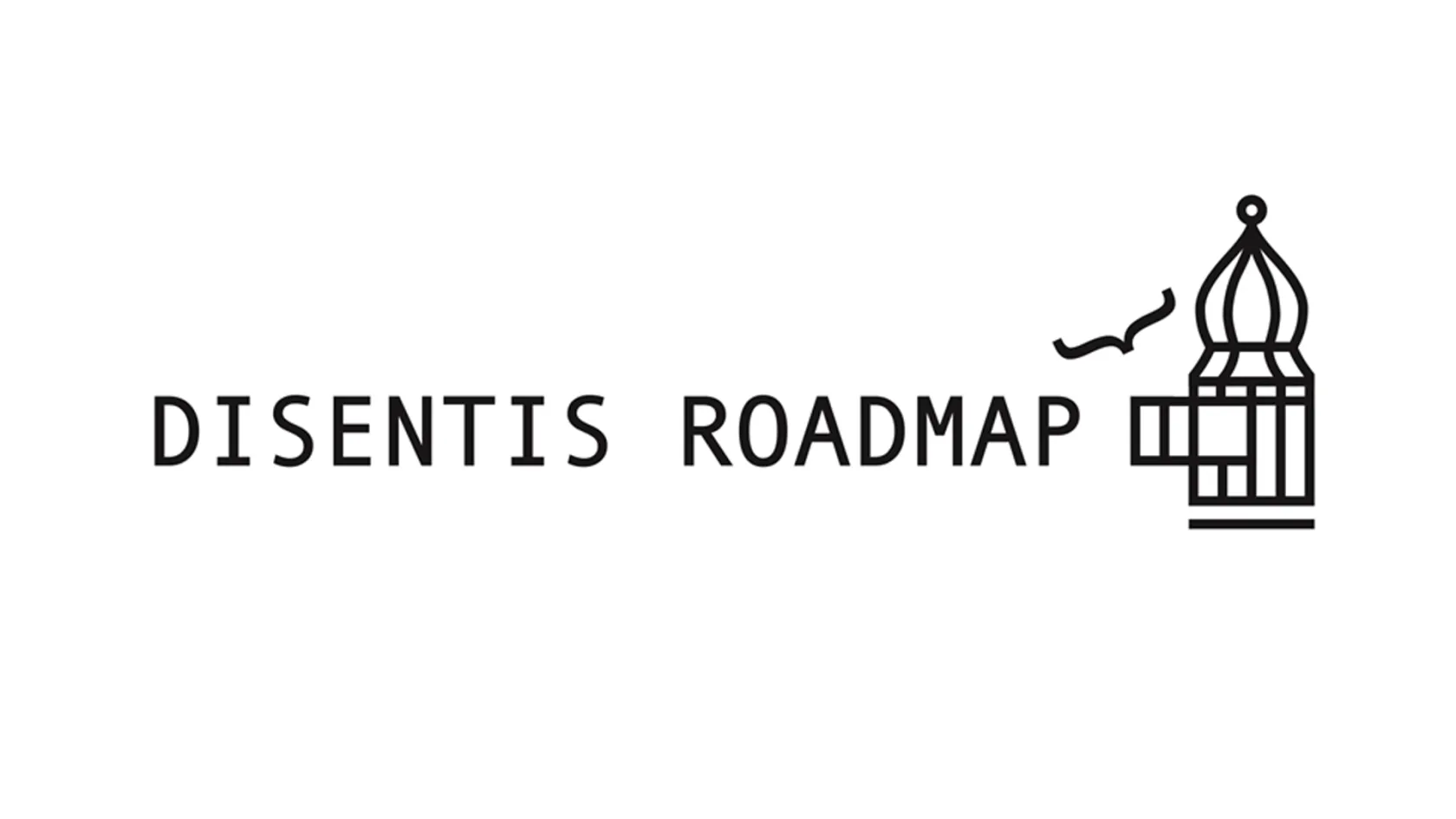March 04, 2025 / by Olaf Bánki
Meet the Libroscope
Catalogue of Life is amongst the first signatories dedicated to fully leveraging biodiversity knowledge from research publications within an open science framework by 2035.
Some of the world’s leading institutions, experts and scientific infrastructures relating to biodiversity information are uniting around a new 10-year roadmap to ‘liberate’ data presently trapped in research publications.
The initiative aims to enable the creation of a ‘Libroscope’ - a mechanism for unlocking and linking data from scientific literature to support understanding of biodiversity, as the microscope and telescope previously revolutionized science. The plan largely builds on existing technology and workflows, and does not rely on construction of a new technical infrastructure.
Olaf Bánki, Executive Director of the Catalogue of Life, commented: “We call out to the scientific community, especially the younger generation, to join our effort in unlocking biodiversity data from literature. Actionable biodiversity and taxonomic data from digitized literature contributes to creating an index of all described organisms of all life on earth. We need such data to tackle and understand the current biodiversity crisis.”
Liberating and linking data from such publications - estimated to encompass more than 500 million total pages - would represent a compelling mission for the next decade. Achieving this mission will support further research, and understanding of biodiversity vital to meeting global goals and targets such as the [Kunming Montreal Global Biodiversity Framework(]https://www.cbd.int/gbf) (KMGBF), as well as assisting the compiling of knowledge assessments such as those carried out by the Intergovernmental Science-Policy Platform on Biodiversity and Ecosystem Services (IPBES).
A roadmap for staged action over the next decade was agreed between initial signatories with the following vision: “By 2035, the power of biodiversity knowledge from research publications will be fully leveraged within an open science framework, including unencumbered data discovery, access, and re-use across scientific disciplines and policy applications.”
The Disentis Roadmap has already been signed by 26 institutions and a further 46 individual experts on five continents - among them major natural history collections such as Meise Botanic Garden, Botanic Garden and Botanical Museum Berlin, the National Museum of Natural History in Paris, and Royal Botanic Gardens, Kew; infrastructures such as the Global Biodiversity Information Facility (GBIF), Biodiversity Heritage Library (BHL), Catalogue of Life, LifeWatch ERIC and the Swiss Institute of Bioinformatics (SIB); journal publishers such as Pensoft Publishers and the European Journal of Taxonomy; research institutions such as Chinese Academy of Sciences and the Senckenberg Society for Nature Research; and networks such as TDWG Biodiversity Information Standards and Consortium of European Taxonomic Facilities (CETAF). See the full list of signatories here.
Donat Agosti of the Swiss organization Plazi, who convened the initail consortium for the Disentis roadmap, commented: “We finally have a chance to make a quantum leap in understanding and monitoring biodiversity, by leveraging the power of digital technologies, and combining modern genomic methods with the vast amount of research data published daily and currently stuck in the publication prison. The ‘Libroscope’ will help to explore the universe of existing knowledge, accumulated over hundreds of years, and bring it to the forefront of developments in the digital age, helping nature and people across the globe.”
The roadmap remains open for further signatures, ahead of the launch of an action plan at the Living Data conference in Bogotá, Colombia in October 2025. The original signatories hope that a much broader group of institutions and individuals, across global regions and disciplines, will join the initiative and help to shape implementation of its vision. Engagement of funders will also be critical to realize its objectives.
The specific goals of the roadmap are that by 2035:
- All major public biodiversity research funders and academic publishers will encourage and enable publication of data adhering to the FAIR principles (findable, accessible, interoperable and reusable);
- Biodiversity-focussed publications will be accessible in machine-actionable formats, with all non-copyrightable parts of articles flowing into public data repositories;
- Published research on biodiversity will be ‘fully AI-ready’, that is openly available for AI training and properly labelled for ingestion by machine-learning modelled, within appropriate ethical and legal frameworks;
- Dedicated funding from research and infrastructure grants will be reserved for ensuring access to biodiversity data and knowledge.


